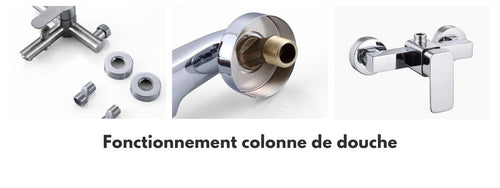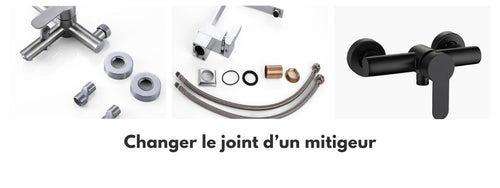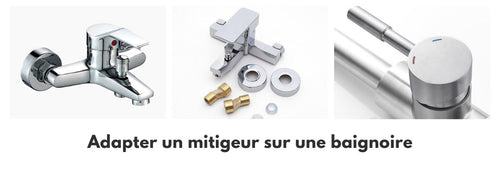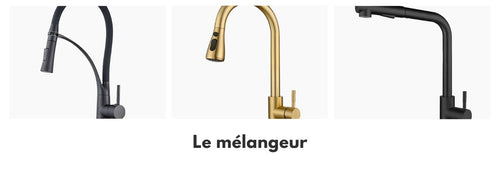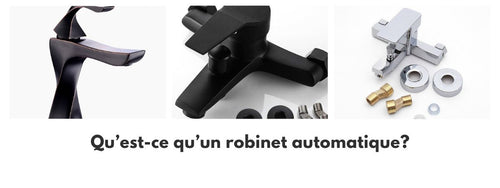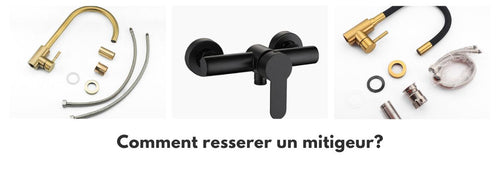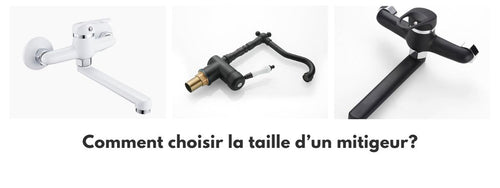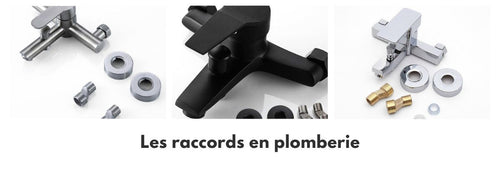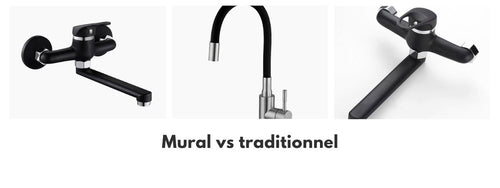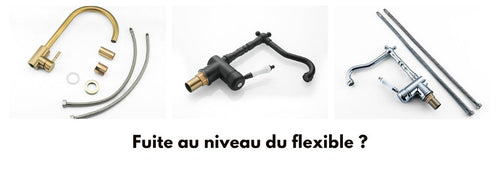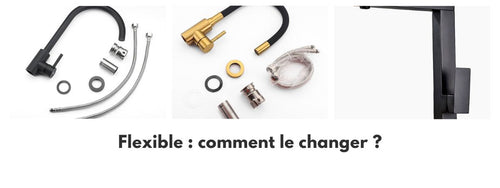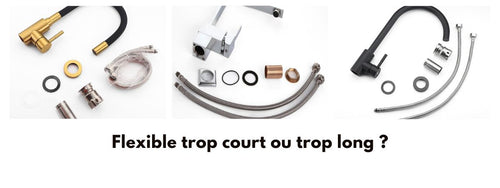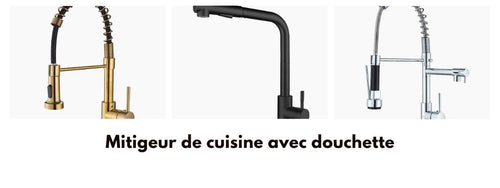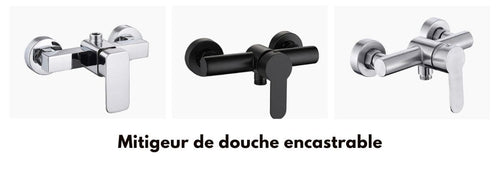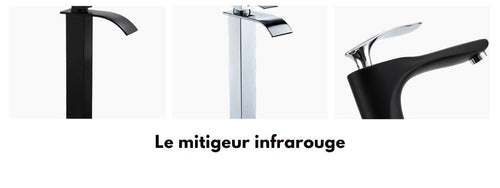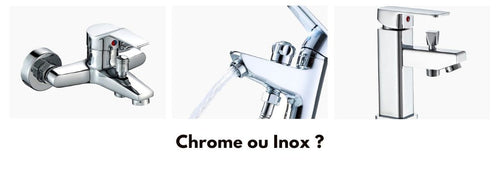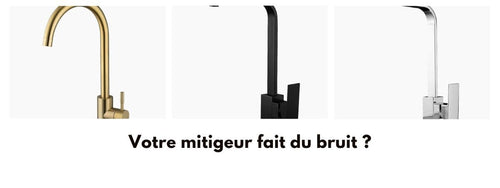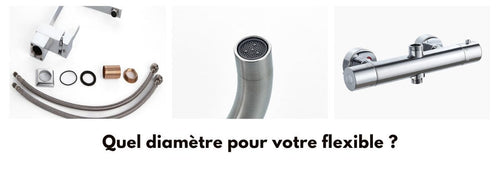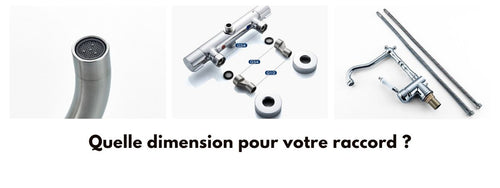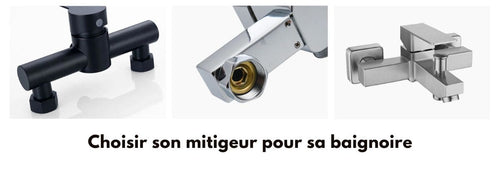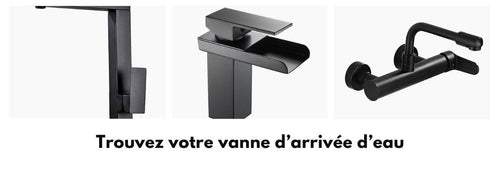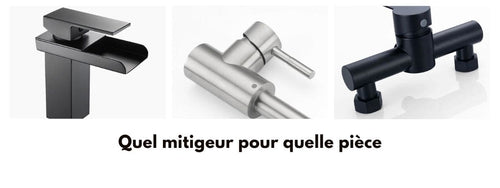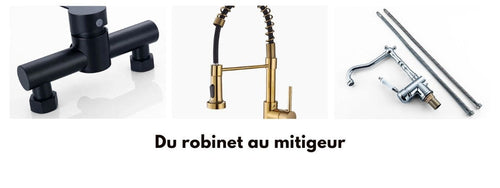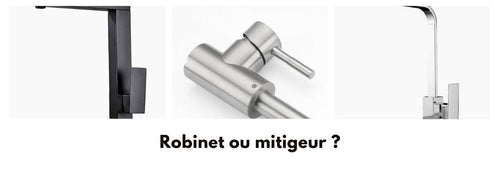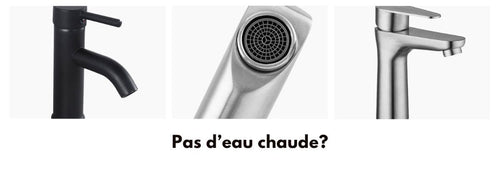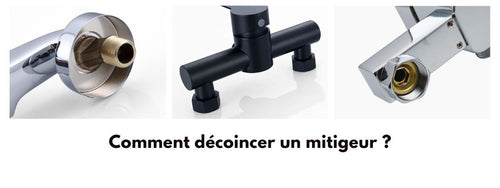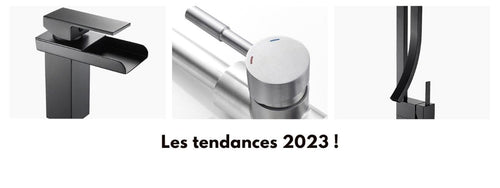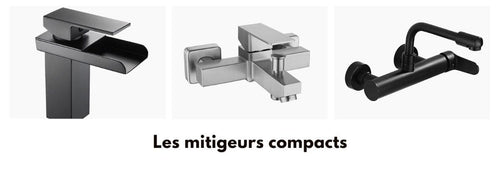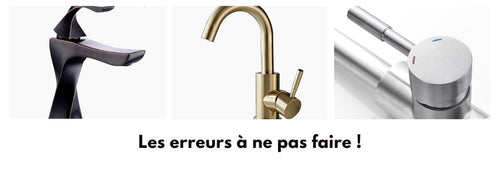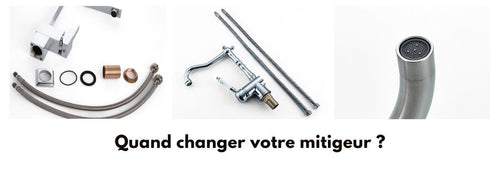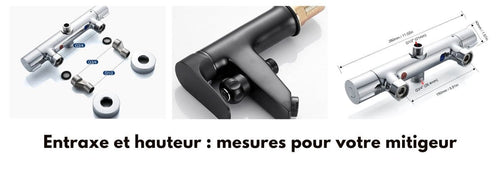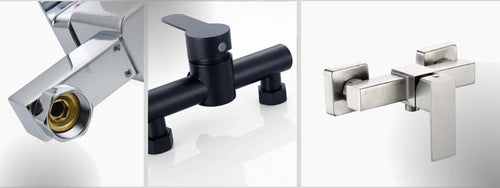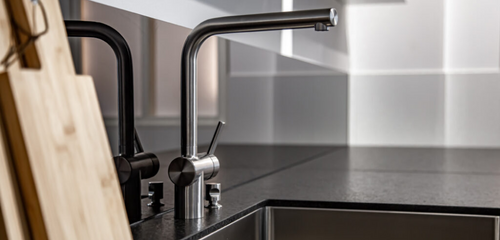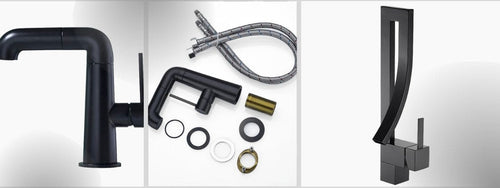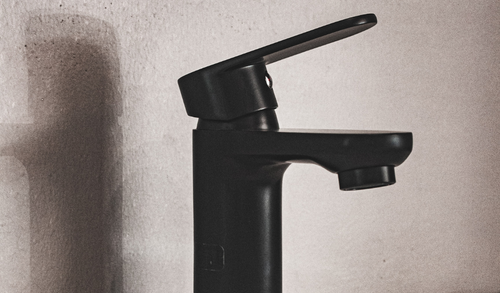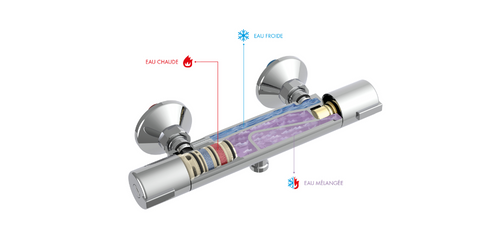The daily use of faucets is a given in our lives, but most of us have no idea how they work and what their components are. In this article, we will examine the different parts of a faucet to better understand how they work and facilitate their maintenance or repair.
The main parts of a faucet
A faucet is composed of several essential elements that allow it to function properly and regulate the flow and temperature of the water. The main parts of a faucet are:
- The body: This is the main part of the faucet, usually made of metal (brass, bronze, or stainless steel). The body includes the base on which the faucet rests, as well as the areas where the other parts of the faucet are attached.
- The cartridge or mechanism: Located inside the body, the cartridge is responsible for controlling the flow and temperature of the water. Cartridge systems can be of different types, such as cartridges with ceramic discs or valve mechanisms.
- The spout: This is the part through which the water flows when the faucet is open. The shape and size of the spout vary depending on the faucet models and can influence the water pressure and flow.
- The lever or control button: It is used to operate the faucet by opening or closing the cartridge. Levers can be single, double (for mixer taps), or even touch-sensitive for the most modern models.
- Connection hoses: They allow the faucet to be connected to the hot and cold water supply. The hoses are usually made of rubber or braided stainless steel.
- Sealing gaskets: These are rubber or silicone pieces that ensure the seal between the different parts of the faucet to prevent water leaks.
Cartridge systems and their operation
The heart of the faucet is its cartridge, which regulates the flow and temperature of the water. There are several types of cartridges:
- Ceramic disc cartridge: This type of cartridge is the most commonly used in modern faucets. Two ceramic discs with holes are placed on top of each other. When the lever is operated, the discs rotate to align or misalign the holes, allowing more or less water to flow.
- Valve mechanism: This is an older mechanism that uses rubber flaps mounted on metal rods. By turning the knob or lever, the rod pushes or releases the flap, allowing the water passage to open or close.
- Thermostatic cartridge: It is specific to shower or bathtub faucets and allows the water temperature to be automatically regulated thanks to a heat-sensitive element. Thus, even if the pressure of the hot water fluctuates, the temperature remains constant.
Different types of faucets according to their use
There is a wide variety of faucet models depending on their use and design:
- Single faucet: It has a single lever or button to control both the flow and the water temperature. The type of cartridge used in this case is often a ceramic disc cartridge.
- Mixer faucet: It has two separate controls for hot and cold water. The user must manipulate both levers to obtain the desired temperature. Mixer taps are generally equipped with valve mechanisms.
- Thermostatic mixer faucet: This type of faucet is specifically designed for showers and bathtubs. It allows precise adjustment of the water temperature thanks to a thermostatic cartridge.
- Built-in faucet: In this case, the mechanism and connections are hidden in the wall or countertop. Only the lever and the spout are visible, offering a clean and modern design.
- Retractable faucet: This type of faucet has a retractable spout, often used for kitchen sinks. This makes it easier to wash large containers.
- Timed faucet: Operating on a spring system, it closes automatically after a predetermined period of time. This type of faucet is generally found in public places to save water.
Maintenance and care of the different parts of a faucet
To ensure the proper functioning and longevity of a faucet, you will need to perform regular maintenance. Here are some of our tips:
- Cleaning the spout: Limescale deposits can accumulate around the spout and in its openings, obstructing the water flow. To remedy this, simply use a soft brush and soapy water or white vinegar.
- Replacing sealing gaskets: Leaks around the spout or lever can be caused by worn gaskets. Be sure to check and replace the gaskets when necessary.
- Cartridge maintenance: Depending on the type of cartridge, maintenance may vary. For ceramic disc cartridges, it is advisable to disassemble and clean them regularly to avoid problems with water flow or temperature. As for valve mechanisms, it is recommended to replace the flaps or grease the rods if necessary.


